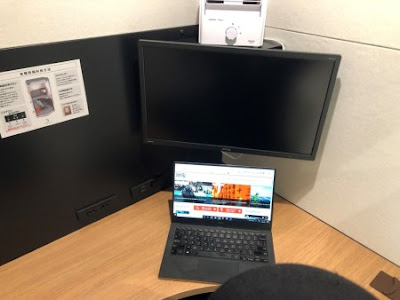I don’t have to make as many copies of things because they can use the clear holders to write on! Every kid has their own dry erase marker and they can actually check off lists or complete their worksheets without ever actually writing on the paper! Most of my station work is ungraded anyway. So one student can write all over the outside, turn it in for a quick check, use wipes to erase their work, and the next kid can get started right after! It has been such a lifesaver and a tree saver! Each year and group of kids is different, but I think this is one trick I’m going to keep around for quite a while!
Travel Addict
Everything You Need to Know About Packing and Moving
Wednesday, 1 April 2020
Station Work
I don’t have to make as many copies of things because they can use the clear holders to write on! Every kid has their own dry erase marker and they can actually check off lists or complete their worksheets without ever actually writing on the paper! Most of my station work is ungraded anyway. So one student can write all over the outside, turn it in for a quick check, use wipes to erase their work, and the next kid can get started right after! It has been such a lifesaver and a tree saver! Each year and group of kids is different, but I think this is one trick I’m going to keep around for quite a while!
Thursday, 22 March 2018
Clear Shrink Wrap or Printed Shrink Film?
You may wonder whether or not you want shrink film that’s printed, or something that’s les reflected or glossy. While there are a log of questions to answer, the most critical usually involves these two. Printed and clear shrink have a lot of similarities and are used for similar types of applications, but you want to choose the right shrink film for your packaging needs. So what’s correct for you? What should you use? We’ll dive into that here today, in order to give you a definitive answer on the type of shrink film in which you should be using.
Clear Shrink Wrap
This is shrink film, and it’s a substrate of packaging made from one of three main types of formulations of plastic. They usually include PVC, PE, or POF types of film, with different properties that are good for applications.
Usually, this is on a flat sheet that’s around a cone of carboard and are usually available in different gauges or widths of size. The application you decide to use will determine the length, width, and the gauge that are best fit for the products at hand to be used.
Printed Shrink Film
Printed shrink film is like the clear one, made from PE or polyolefin, and usually they are a bit thicker, and polyolefin also has a tighter type of shrink. Printed shrink usually comes with graphics and typography that’s catching to the eye, used to entice those who come to it, with different verbiage for marketing, ingredients, prices, and also warnings too. It also is noted that the printed one also has a specific order, so if you don’t have a ton of different items, then it may not be good for you.
Usually, they have about 50,000 types of impressions that do wrap into a singular bundle to be printed onto different products. These are good for those who can use this with different brands, and you also may want to look at whether or not this is good for you. You should talk to a packaging specialist in order to figure out how much you need.
What’s right For Me?
That depends on the packaging needs that you have. Do you need something that requires graphics or typography on the packaging itself? Then get some printed shrink film. Do you need a packaging to be clear so people can see it? Then you should have clear shrink wrap as the superior choice for this. Are you looking to replace labels by putting them directly on the packaging? Then get the printed shrink film. Does your budget allow for enough printed shrink film? If the answer to tis is no, stick with the clear wrap, but if you’re able to, get it printed. Light gauge printed shrink wrap is another type of shrink wrap that is an alternative. And finally, look at the plastic packaging needs that you have. If you’re trying to put together a sustainable packaging that doesn’t use plastic? If the answer’s yes, don’t use either of these. But there is a plant based bio film that you can use which is a great alternative to plastic.
Shrink film is good for you, and there are a lot of o benefits to be had with all of this. If you’re looking to see which is the right option, take a look at all of these, and from there, see for yourself just what kind of shrink film that you need, and the best options for you to choose when going through the decision of one these options.
Friday, 18 November 2016
Moving Company Paperwork that is needed for Residential Relocation
It’s pretty boring to deal with the tasks related to moving. Packing items for day, weeks or even months and turning the lifestyle into nomadic one by disconnecting services and putting necessary items out of reach is not only boring but scaring. Nevertheless, there is even more boring task that awaits you ahead of moving day, i.e. dealing with the paperwork that moving company provides you. This length of this tiresome reading can sometimes drive you to make a mistake; for instance, signing the papers without reading them completely.





